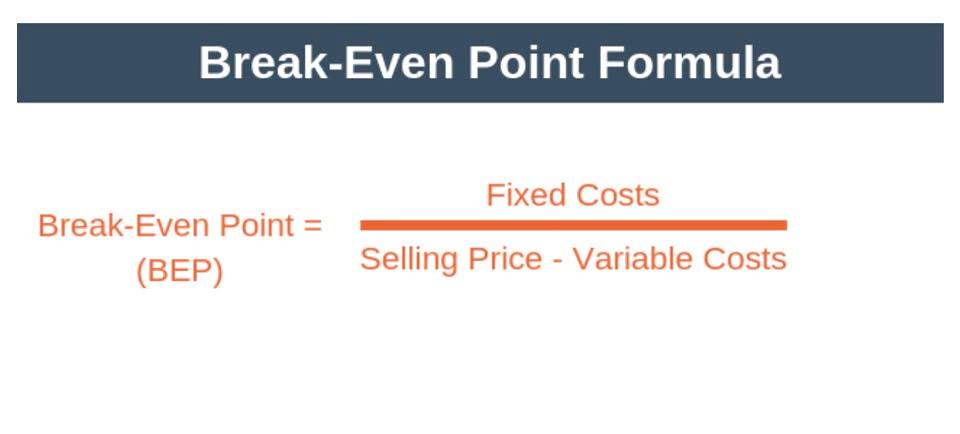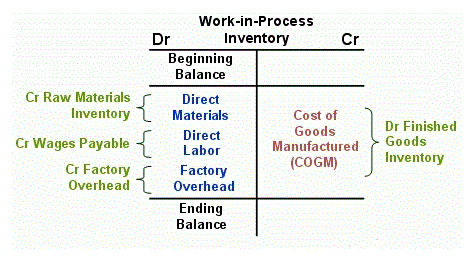
This rule is in place to keep business owners from “gaming the system” by frequently switching costing methods to get the best tax advantages. Each type of fiber costs a different amount, and certain knitting needles are more expensive than others. However, you have chosen to use a keystone markup strategy, so you know you have a 50% markup on all items, regardless of what they are. We offer a complete range of accounting and bookkeeping services including outsourced accounting to meet the needs of your business. Variances in inventory or sales volumes from these methods may be deductible, providing potential tax benefits.
See if you’re eligible for business financing
This detailed collection contributes to the precision of the P&L reports, making them highly informative. Synder simplifies the reconciliation process, making sure all your financial data matches up correctly. If you buy goods for $70 and sell them for $100, your cost-to-retail ratio is 70 percent. Luke O’Neill writes for growing businesses in fintech, legal SaaS, and education. He owns Genuine Communications, which helps CMOs, founders, and marketing teams to build brands and attract customers. But depending on the needs of your business, the drawbacks may outweigh the speed and ease of the retail method.
Tax management
- Retail accounting may give wrong results if you sell items with vastly different prices, as the methods may not reflect the true inventory value.
- Software has made many aspects of running a retail business more manageable.
- It equals the cost of your beginning inventory plus the cost of your purchases minus your cost of goods sold.
- However, if the markup percentage varies greatly, such as 10%, 25% or 40%, then it’s more difficult to use the retail method accurately.
- Accounting for a retail business comes with the challenge of calculating and tracking inventory.
Actual COGS is very difficult to track and calculate, whereas sales is easy. This is the primary reason companies use the Retail method to https://www.bookstime.com/ estimate COGS. The retail method is a quick and easy way of estimating ending inventory balance.
- This is the primary reason companies use the Retail method to estimate COGS.
- The central point of this method is estimating the retailer’s ending inventory balances.
- If you’re choosing an accounting method for your retail business, there are also some advantages and disadvantages.
- Next, you’ll calculate your total inventory costs, including your initial inventory and additional inventory purchases, before making sales.
Retail Method vs Normal Periodic Method

For example, considering you can buy each water bottler for $10 and first bought 200 of them, your initial inventory cost is $2,000. The weighted average is an inventory costing method that averages the cost of your items. This method is the most useful when dealing with goods you rotate or mix up, like smaller identical items in large quantities. Businesses must get special permission from the IRS to change accounting methods, including cost-flow assumptions and inventory valuation approaches. They don’t retail accounting want taxpayers trying to game the system by switching constantly. Software has made many aspects of running a retail business more manageable.

- If you don’t have a standard markup rate, the IRS requires that you track the actual markup percentage for each product.
- The cost of goods sold is $2.90, and the cost of your ending inventory (the inventory you have left) is $1.85 (five dice at 7 cents plus 15 dice at 10 cents).
- Knowing different methods for tracking inventory costs and managing sales can improve workflow and help salespeople tackle a variety of tasks.
- Ablon and Company, P.L.L.C., a Dallas CPA firm, provides comprehensive accounting and tax services for all types of small and medium sized businesses.
- An inventory system provides retail-based businesses a comprehensive account of available items and the monetary value of these inventory items.
For the above example, you assume that you sold the cheaper dice first. Because the 30 dice at 5 cents each were ordered first, you’ll match this against your inventory and assume that 30 of the dice you sold cost 5 cents each. You’ll then assume that the next 20 you sold were from the second order, meaning those dice cost you 7 cents each. We have financial relationships with some companies we cover, earning commissions when readers purchase from our partners or share information about their needs. Our editorial team independently evaluates and recommends products and services based on their research and expertise.

Calculating the cost of inventory

During the first quarter of the year, you buy more units for $2,500 and have $5,000 in sales. Every product you sell is similar enough that your retail price is always 30% above cost. There are some advantages and disadvantages to using the retail method of accounting for inventory. The primary advantage of the retail method is the ease of the calculation. You only need a few numbers to calculate your inventory cost using the retail method, and you don’t need to take a physical inventory count to get a good idea of what your net sales ending inventory value is. Let’s assume you took a physical inventory count at the beginning of the quarter, and you know the actual cost of your inventory as of that date was $80,000.

Nejnovější komentáře